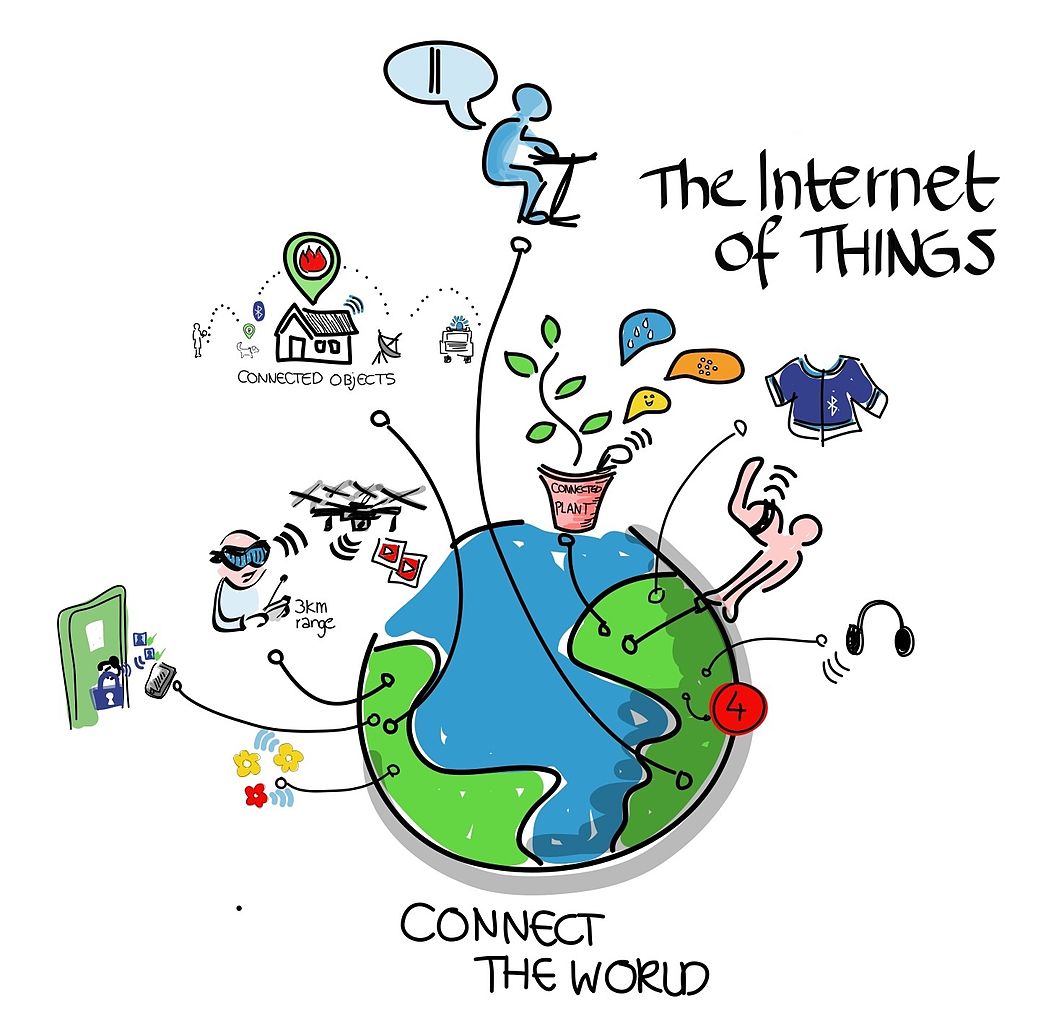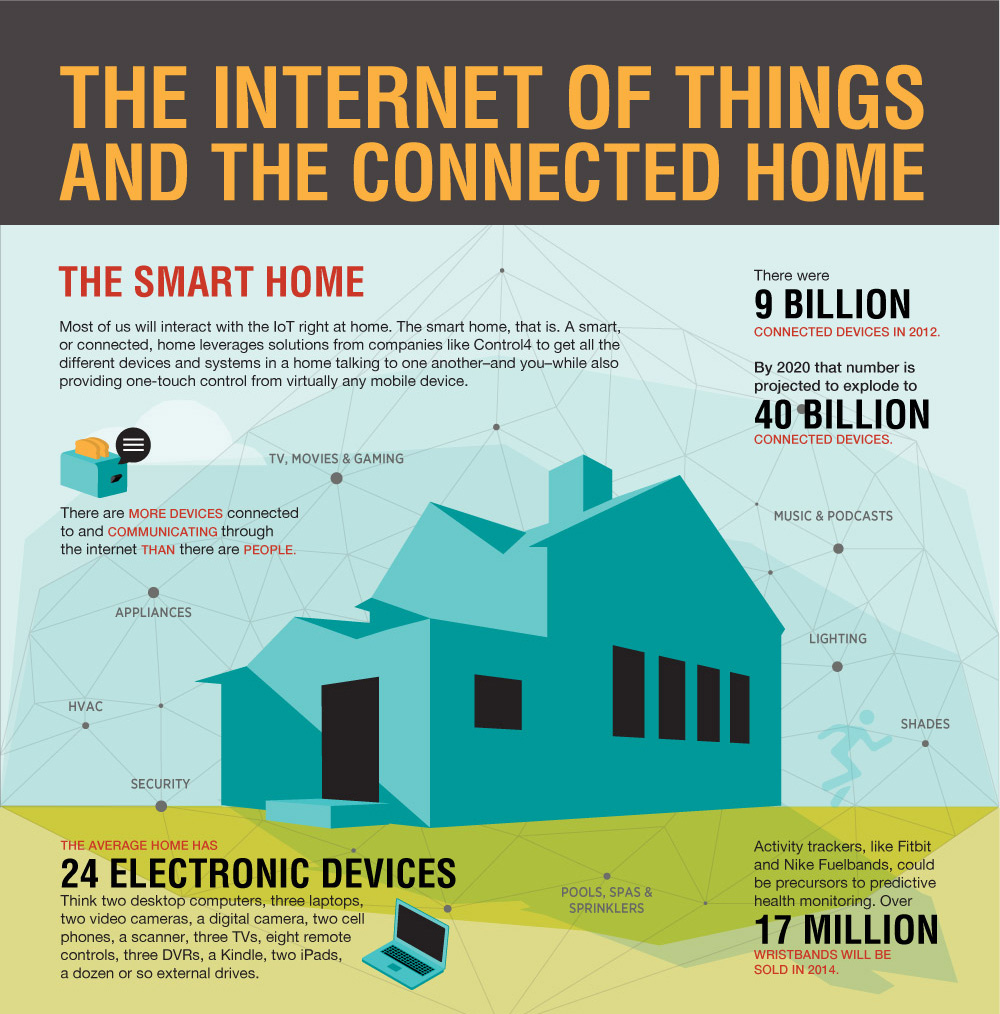what do you mean by internet of things
When it comes to the latest buzz in technology world, there’s no denying the Internet of Things (IoT) is one of the most talked-about topics in recent years. In simple terms, IoT is a network of physical objects that have been embedded with sensors or software which enable them to communicate, collect and exchange data with other connected devices. This has the potential to bring about a significant revolution in the way we communicate, work, and live our lives.
The Impact of IoT on Nonprofits
As one of the major sectors in society, nonprofits are also expected to be impacted by the IoT revolution. In fact, IoT has the potential to help them in a big way.

The non-profit sector is focused on making the world a better place, and with IoT technology, they can innovate in new ways to achieve their goals. For example, IoT technology can be used to help nonprofits better understand their impact and the effectiveness of their programs. By installing IoT sensors, nonprofits can track various aspects of their work, such as the number of people they are reaching or the environmental impact of their programs, in real-time. This data can then be used to improve performance and demonstrate impact, which can help them secure more funding and partnerships.
In addition, IoT technology can help nonprofits reduce their operating costs by automating various processes. For example, they can use IoT-enabled devices to monitor energy usage in their buildings and optimize energy consumption. This can result in significant cost savings, which can then be directed towards their programs and services.
What Does the Internet of Things Mean to You?
IoT is no longer just a buzzword, it’s a concept that is gradually becoming part of our everyday lives. As consumers, we are increasingly using IoT-enabled devices, such as smart speakers, wearables, and home automation systems, to manage our lives.

IoT technology is helping us in several ways, such as making our homes more secure, improving our health, and making our lives more convenient. For example, smart thermostats can help us save energy and reduce our utility bills. Wearable devices can help us monitor our health and stay fit. Smart home automation systems can help us manage our homes better, by controlling lights, security systems, and other devices from our smartphones.
However, there are also concerns about privacy and security with IoT technology. As more devices become connected, there is a risk that they could be hacked, compromising our personal data and safety. It’s important for consumers to be aware of these risks and take necessary precautions to protect their devices.
The Internet of Things: What Does it All Mean?
IoT has the potential to change the way we live, work, and play. This is especially true when it comes to industries such as healthcare, agriculture, transportation, and manufacturing. IoT has the potential to transform these industries by enabling them to collect and analyze massive amounts of data in real-time, which can lead to better decision-making, improved efficiency, and increased profits.

The integration of IoT technology into these industries will create new business opportunities, such as the development of new products and services. For example, IoT technology can be used to monitor soil moisture levels in agriculture, enabling farmers to optimize crop yields and reduce water usage. In healthcare, IoT devices can be used to monitor patients remotely, enabling doctors to provide more personalized and efficient care.
Abstract
IoT technology is rapidly changing the way we live our lives. It has the potential to revolutionize industries, make our homes smarter, and change the way non-profits operate. However, there are concerns about privacy and security that need to be addressed.
Introduction
The Internet of Things (IoT) is quickly becoming a buzzword in today’s world of technology. IoT refers to a network of physical objects that have been embedded with sensors or software which enable them to communicate, collect and exchange data with other connected devices. IoT technology has the potential to impact various industries, including non-profits, consumers, and businesses.
Content
IoT has the potential to help non-profits in several ways. For example, non-profits can use IoT technology to monitor the effectiveness of their programs, reduce operating costs, and better understand their impact. IoT technology can also help non-profits secure more funding and partnerships by demonstrating the impact of their programs in real-time.
As consumers, we are already using IoT-enabled devices to manage our daily lives. Smart speakers, wearables, and home automation systems are just a few examples of IoT technology that are becoming more prevalent in our daily routines. IoT technology is making our homes more secure and convenient while also improving our health and lifestyle. However, there are also concerns about the security and privacy of IoT devices.
IoT technology is also transforming various industries, such as healthcare, agriculture, transportation, and manufacturing. By collecting and analyzing massive amounts of data in real-time, IoT technology is revolutionizing decision-making, increasing efficiency, and boosting profits. IoT technology is creating new business opportunities, such as the development of new products and services that are more personalized and efficient.
Conclusion
IoT technology is changing the way we live, work, and play. It has the potential to improve our daily lives, help non-profits achieve their goals, and revolutionize various industries. However, there are concerns about the security and privacy of IoT devices that need to be addressed. As consumers, businesses, and organizations, it’s important for us to be aware of these risks and take necessary precautions to protect our devices.

Source image : www.control4.com

Source image : visual.ly

Source image : www.helenbrowngroup.com





